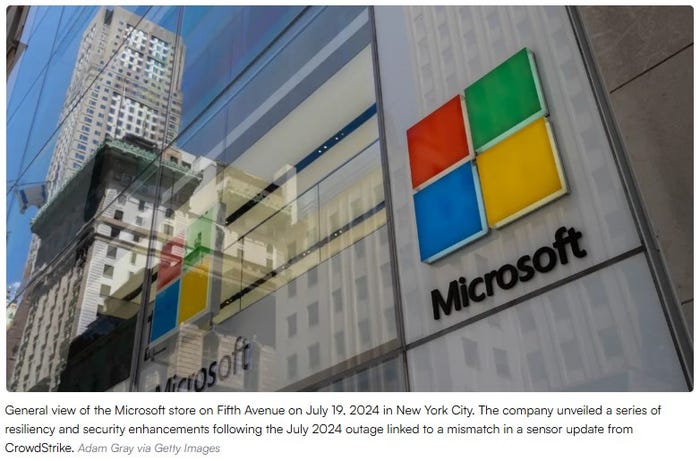Rochester PD deploys video network
The Rochester, N.Y., Police Department deployed a video-surveillance network to combat violent and drug-related crime
May 21, 2009
The Rochester, N.Y., Police Department deployed a video-surveillance network to combat violent and drug-related crime, said Officer LaRon D. Singletary. It was deployed by national security solutions provider Avrio RMS Group and uses Firetide wireless infrastructure mesh technology that spans across 36 square miles of the city’s high-crime areas.
“They were delegated to be placed in areas based on a year’s worth of crime data from our crime-analysis center,” Singletary said. “And, based on the trends — robberies, shootings, things of that nature — that’s where we decided to place a camera for visibility reasons and hopefully to prevent crime we saw in those areas.”
The police department launched a joint effort with the mayor’s office to deploy a 50-camera wireless video-surveillance operation. Each camera costs $25,000, and the city plans to deploy an additional 50 in 2010, Singletary said. The system uses the Portable Overt Digital Surveillance System from Avrio RMS Group. Video data are transmitted to a monitoring center via a Firetide wireless infrastructure mesh technology.
Firetide CEO Bo Larsson said 13 Video Network Aggregation Points (VNAPs) scattered throughout the city each receive wireless feeds dozens of cameras and then communicate the signals wirelessly to five fiber points-of-presence for backhaul to police headquarters. The city required transmission rates of 30 frames per second to ensure the video, stored for 14 days, is evidence-grade quality.
“We have about 100 [wireless] nodes deployed throughout Rochester that streams video back to the command center,” Larsson said. “What is unique that we are able to reliably stream evidence-grade video at 30 frames per second back to the command center.”
Data are viewed by command-and-control at police headquarters. Singletary said police officers in the field also can use their mobile data terminals to see what’s going on in certain areas of the city. Moreover, community policing units have mobile command trailers that can be moved throughout the city where there are high crime rates. Inside those units, there are monitors and computers officers can used to view ongoing surveillance and video data.
Often, data are used after an incident to develop criminal trends and crime-fighting strategies, Singletary said.
“With cameras in place, it deters criminal activity. If a crime has been committed, we can try to solve it using the cameras,” he said. “Based on the trends we see, we can come up with initiatives and deploy personnel to prevent the problem.”
Singletary noted cameras do deter crime; in fact, more residents are demanding cameras in their neighborhoods. But he said it also leads to displacement, where criminals note the location of cameras on main streets and move their business into residential areas.
“On a prominent intersection where people are loitering and selling drugs, people may tend to move into the side streets,” he said. “So we also developed strategies to fight crime that has been displaced because of the camera system. Officers need to be vigilant about the displacement factor.”



